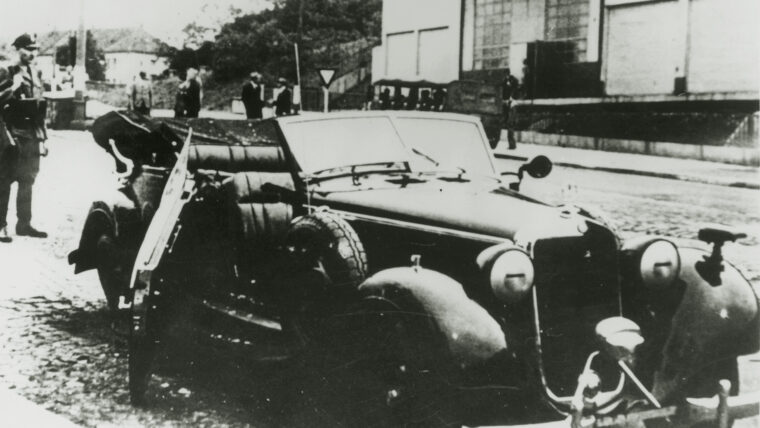
WWII
The Assassination Of Reinhard Heydrich, The Butcher Of Prague
By Wil DeacThe morning sun caressed the hills of the Czech capital of Prague, coaxing a slight haze from the ancient city. Read more
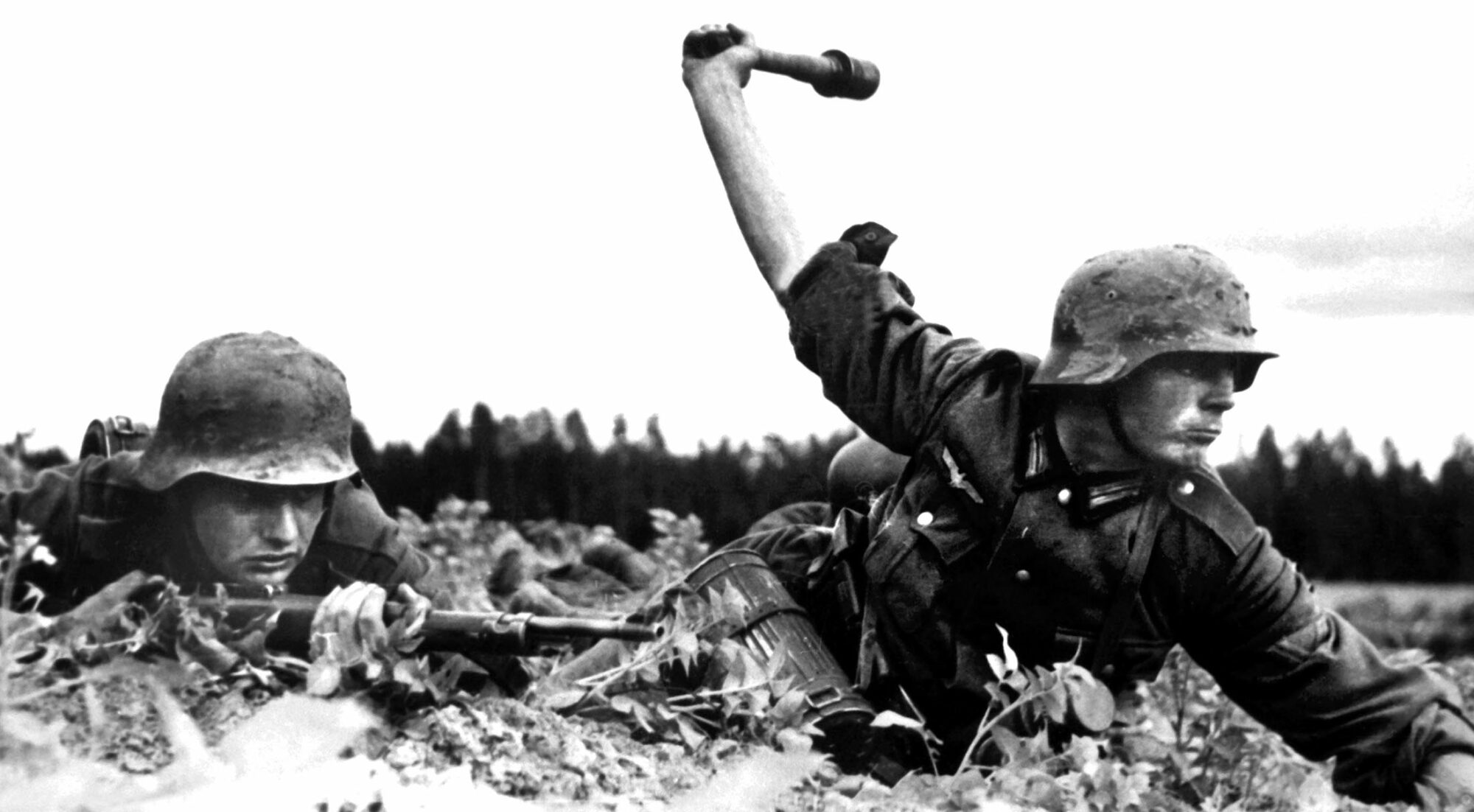

WWII
The morning sun caressed the hills of the Czech capital of Prague, coaxing a slight haze from the ancient city. Read more

WWII
Short, wiry, and with baleful blue eyes and an Old Testament beard, Maj. Gen. Orde Charles Wingate was unorthodox in thought and action. Read more
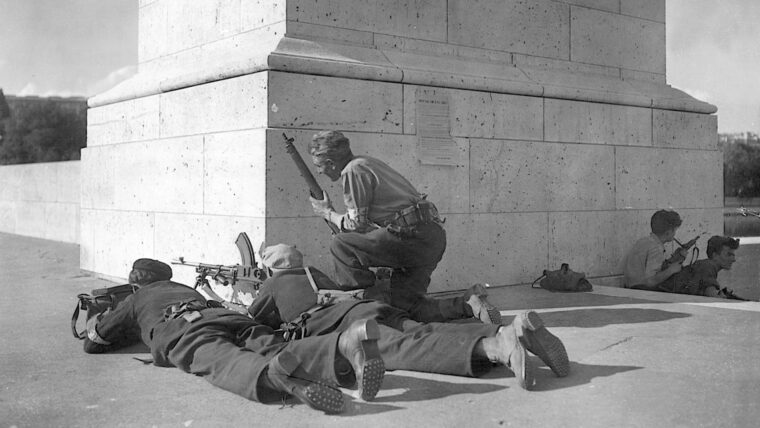
WWII
On a moonless night in January 1944, in the Haute Savoie region of southeast France, the drone from the engine of a RAF bomber could be heard in the distance. Read more
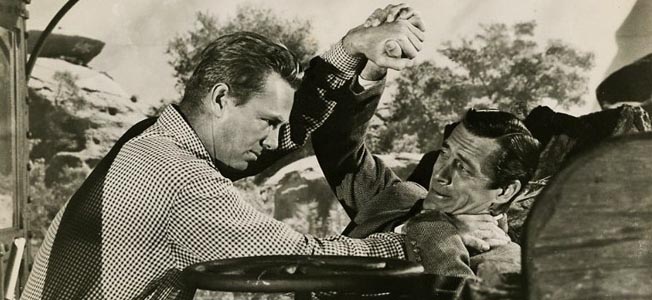
WWII
He stood six foot five in his leather jumping boots and weighed close to two hundred and thirty pounds,” wrote the actor Sterling Hayden in his 1963 autobiography Wanderer. Read more
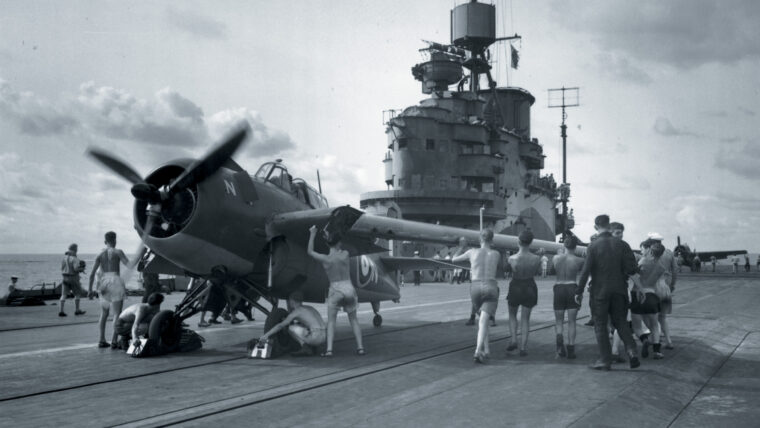
WWII
When one thinks of carrier warfare in World War II, the Japanese and U.S. navies usually come to mind. Read more
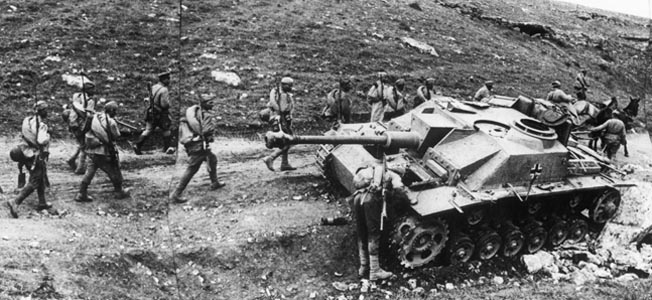
WWII
On July 4, 1942, the men of newly promoted Field Marshal Erich von Manstein’s Eleventh Army celebrated the capture of the last Soviet bastion in the Crimea. Read more
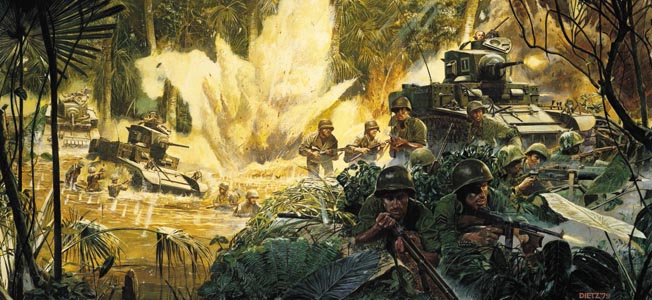
WWII
In March 1942, General Douglas MacArthur was ordered out of the doomed Philippines by President Franklin D. Roosevelt to organize the defense of Australia. Read more
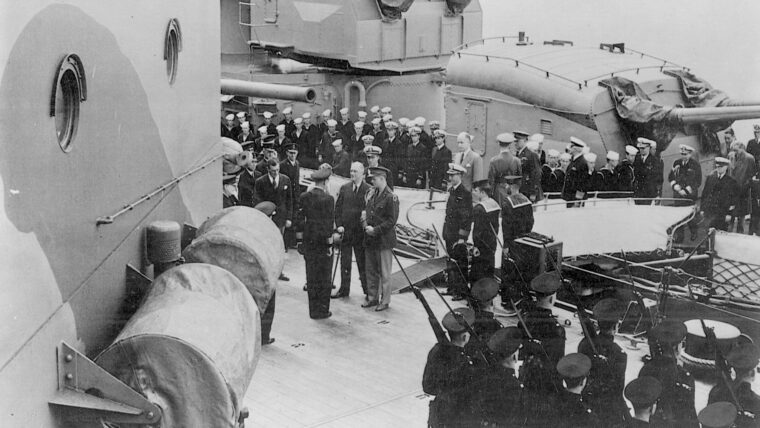
WWII
Still stunned by the sneak Japanese onslaught on the Pacific Fleet at Pearl Harbor, American families tried to summon up their Christmas spirit in December 1941. Read more
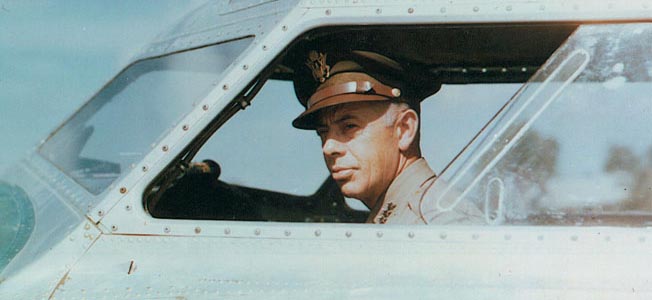
WWII
Although the Japanese attack on Pearl Harbor was the event that served to galvanize America to fight World War II, President Franklin Roosevelt and his military advisers had pervasively decided that defeating the Japanese would be secondary to destroying the Nazi war machine in Europe. Read more
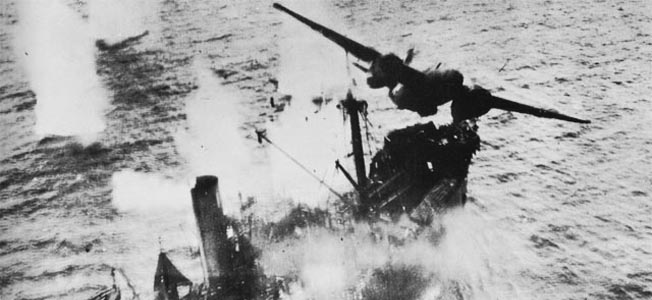
WWII
One of the successful strategies used by airmen in the Southwest Pacific Area of Operations was skip- bombing, a method of aerial attack in which a bomber approached an enemy ship at wave-top height, then released a bomb with a delayed-action fuse from some distance away. Read more
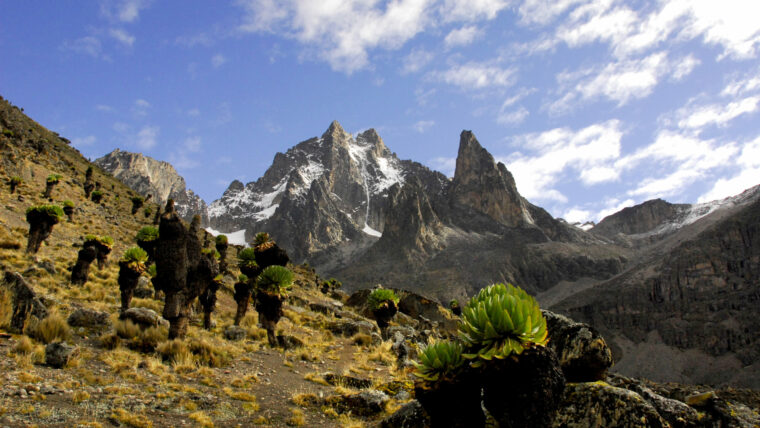
WWII
Felice Benuzzi’s part in the war may have been a small one, but his story is one of the oddest to come out of World War II. Read more
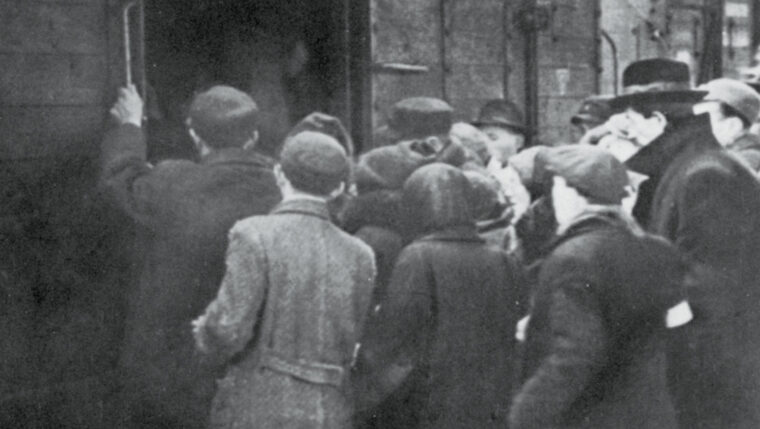
WWII
One of the most enduring questions emerging from World War II is the reaction of the West, and particularly the United States, to the plight of the Jews as they faced Hitler’s “Final Solution.” Read more
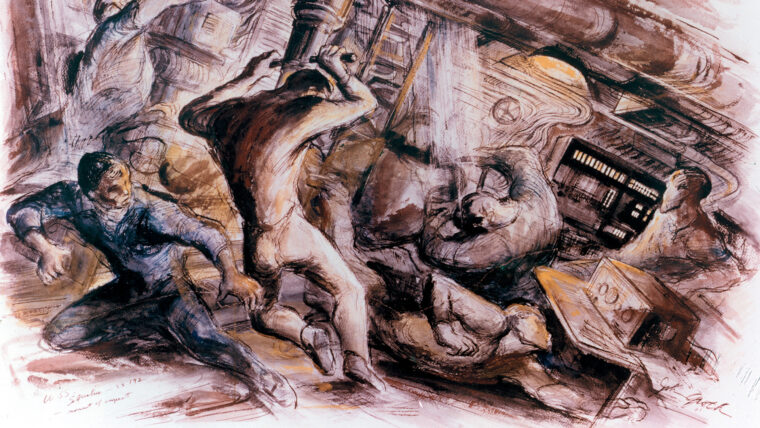
WWII
On September 14, 1938, fleet submarine USS Squalus (SS-192) was launched at the Portsmouth Naval Shipyard in Kittery, Maine. Read more
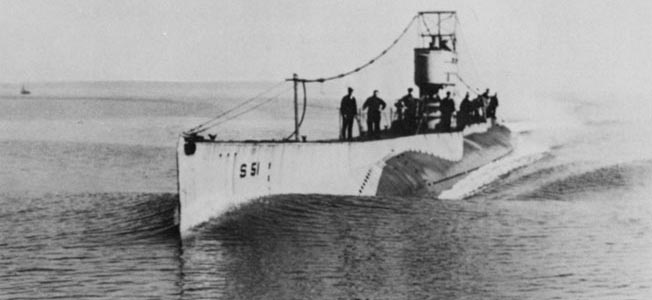
WWII
Early Navy submarines, notably the S-class models, were so dangerous and cramped they were derisively labeled “pig boats.” Read more
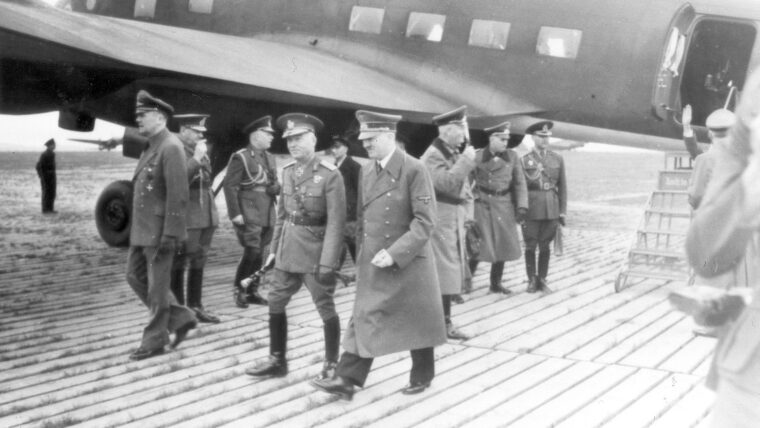
WWII
Adolf Hitler’s wartime Armaments Minister Albert Speer was right when he termed the Führer’s pilot from 1932 to 1945, Lt. Read more
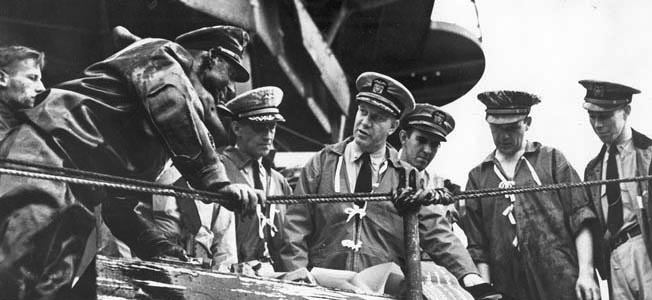
WWII
The Pearl Harbor aftermath presented the U.S. Navy with a sobering question: how to recover? More than 2,000 men had died. Read more
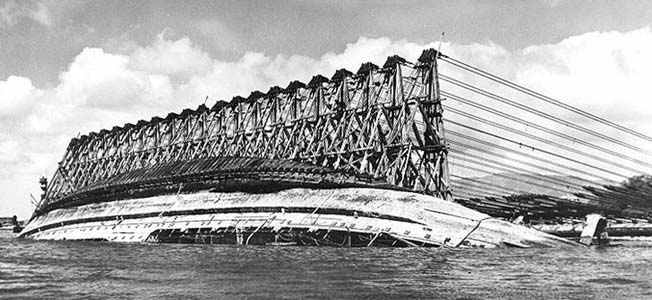
WWII
During the Pearl Harbor attack, both Utah and Oklahoma capsized after suffering multiple torpedo hits. Utah had been converted to a training ship, and to the Japanese pilots, her modified deck resembled that of an aircraft carrier. Read more
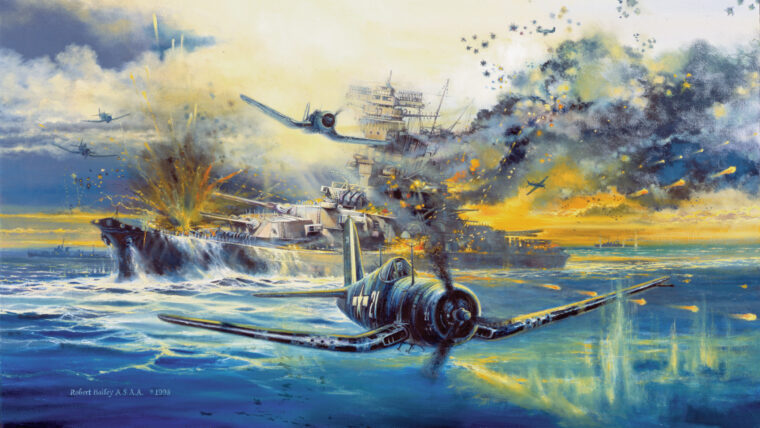
WWII
In the late afternoon of April 6, 1945, five days after American GIs and leathernecks scrambled onto an Okinawa beach a scant 500 miles from Japan, two U.S. Read more
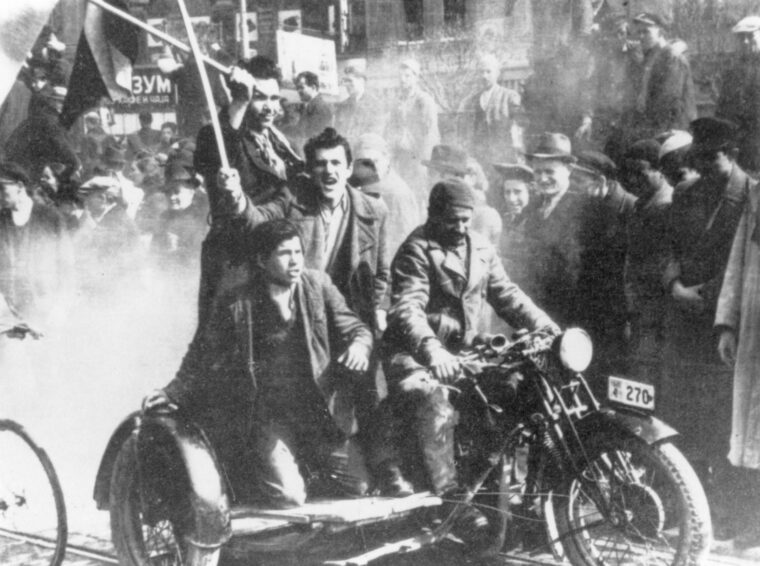
WWII
On June 2, 1939, the last great prewar military parade of the Third Reich came rolling past the reviewing stand under Nazi eagles with swastikas in their taloned grip in front of the Berlin Technical High School. Read more
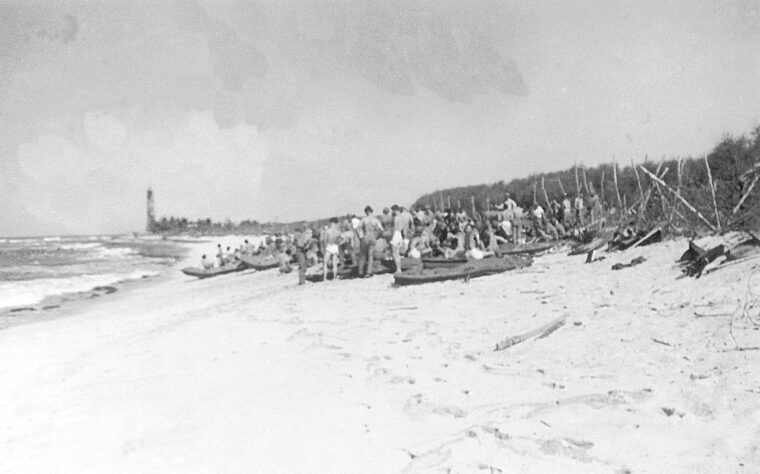
WWII
One of America’s earliest heroes in World War II was the tall, soft-spoken son of a Connecticut Congregational minister who distinguished himself in some of the fiercest fighting in the South Pacific. Read more